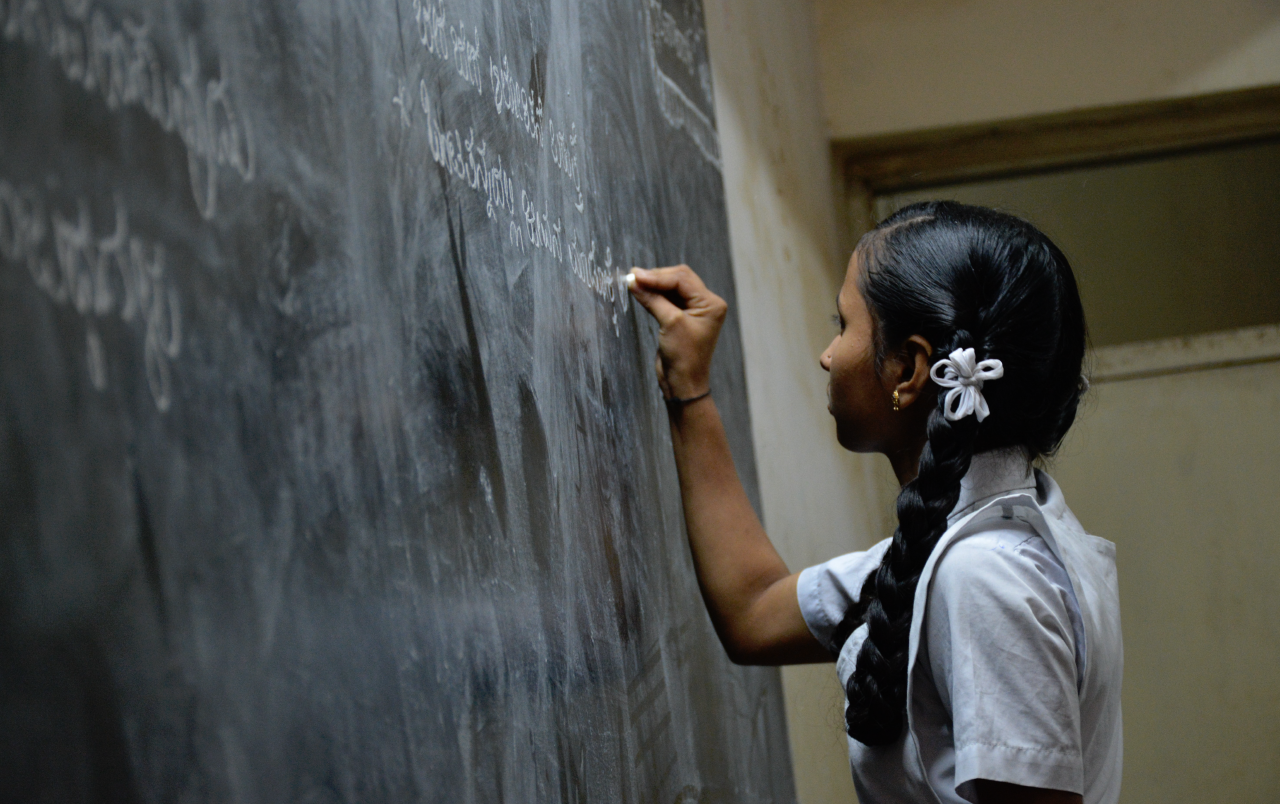In Peru, the sanitary crisis, due to the coronavirus, is also becoming a food crisis.
Like in many places around the world, the Covid-19 outbreak has moved the Indian school system from the traditional classroom to digital platforms. This unplanned and sudden move to online education side-lined a large number of ‘digital have nots’ from virtual classrooms.
Only a small group of children is fortunate to access online education. Just 24% of families in India possess smartphones. And merely 11.5% of households with children between the ages 5-18 have a computer with an internet connection. Nevertheless, from the first week of April 2020 onwards the lives of all these children temporarily ‘shrunk to just their homes and screens’.
To understand better this new reality, we conducted a virtual survey among 5-18 years old children, currently pursuing online education. One hundred fifty-five students across 13 states of India responded. 87.2% of the surveyed children are from private-run schools, and only 12.8% of students are from government/government-aided schools. In most cases, classes are taking place five days a week. The most often used devices for school are smartphones (54.3%), followed by laptops and desktops (40%).
The positive aspects for the students
About 47% of the surveyed children reported enjoying online classes. The most cited reason was “the ability to concentrate better, in comparison to regular classes in schools”. Besides, many of them found the opportunity to revisit lectures and notes even after classes beneficial. It has made their learning easier.
Other reasons for a fondness for the virtual classroom are:
– no reprimands from teachers
-not having to get up early in the morning
– options for completing an assignment at an own convenient time and pace
-or just the freedom to do other things, even during the lesson.
The challenges students face
The survey shows that students who have reported attending online classes are not doing it every day or not attending all the courses on any given day. The main reason is lack of access to a device or the internet. Three-fourth of the respondents (73%) are using their parents or someone else’s devices. The majority does not have access to it as long as they want. 23% of students said they couldn’t use it for the entire day/ to attend all the classes. Often there is only one device in the household. It means that children either need to share with parents or siblings, who are also attending these classes.
The analysis also reveals the associated costs of online classes. About 11% of pupils reported having difficulties to attend all the classes, due to limited data package plans on their phones. Another factor with a substantial cost implication is study material. Due to the sudden closure of schools, 49% of the surveyed students did not get new textbooks from schools. Hence, there is additional expenditure on account of printing resource materials.
Technology is not always fun
Many schools are organising back-to-back classes, just like any regular school day routine. As the duration of a period in most of the cases is 40-45 minutes, the majority of the students spend around 3-4 hours every day on, an average, attending online classes.
A third of students shared that they don’t get any break between periods. Besides classes, students also need to devote substantial time on private tuition and homework. On average, the surveyed children spend between 5 to 10 hours a day in front of a screen. As a result, students find it tedious and are quickly exhausted.
The sudden increase in screen times and back to back classes has put many children at health risks as well. About one-fourth of the respondents complained about frequent headaches, eye-related problems and back pain. As 45% of students always use headphones for listening to class lectures, many of them have reported developing hearing problems and neck and shoulder pain.
Recently, the Ministry of Education published policy and guidelines for digital education in schools. The next step should be to make the rules implementable, not only in government and government-aided schools but also in private schools, through proper monitoring.
Online education and its associated lifestyle seem to be affecting the physical and mental health of children. In the end, it could have a more significant impact on a child’s life than the academic impact we are hoping for under the UN Sustainable Development Goal 4 (quality education). A concerted effort from parents, teachers and policymakers seems vital to help children cope with the crisis and to help them thrive in the post-COVID-19 world.


